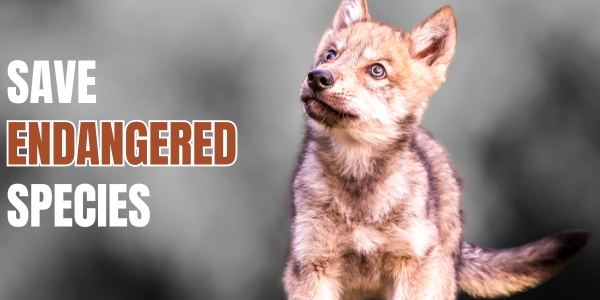Photo credit: Sandy Nervig
Bobcat (Lynx rufus) | ESA status: none
Bobcat
A nocturnal wild cat, the bobcat is characterized by its reddish, spotted fur and short, “bobbed” tail, from which it receives its name. About twice the size of the average house cat, bobcats weigh between 11 and 30 pounds.
The bobcat is often confused with the Canada lynx. The lynx is slightly larger than the bobcat, has grayish (rather than reddish) fur, less-prominent spots, and a shorter tail. Bobcats also lack the lynx’s conspicuously long ear tufts.
What do bobcats eat?
Though they can take down prey many times their size, bobcats tend to eat smaller game, including rabbits, squirrels, mice, rats, and birds. A bobcat stalks its prey, ending its life with an explosive pounce.
Bobcat habitat
The bobcat’s range stretches from southern Canada to northern Mexico. The adaptable cat inhabits ecosystems including forests (deciduous, coniferous, or a mix of the two), swamps, and deserts.
What are the threats to the bobcat?
Thousands of bobcats are trapped and killed annually to supply fur for the international market. Guardians is working in New Mexico, where nearly 8,000 bobcats were killed between 2012 and 2016, to secure a statewide ban on trapping, while at the same time working on local and regional trapping bans elsewhere in the west. We are seeking public review of the U.S. Fish and Wildlife Service’s export program, which facilitates the international trade in bobcat pelts.
We are also fighting to end the federal government’s secretive wildlife killing program, Wildlife Services. The program kills carnivores like bobcats, along with millions of other native animals, in the name of agricultural and livestock interests.
Historical Significant Actions
Idaho ordered to restrict trapping January 2016
Montana restricts trapping July 2015
TrapFreeNM.org holds “People’s Forum on Public Lands Trapping” in Albuquerque, NM September 2011
WildEarth Guardians and partners form “TrapFreeNM.org” July 2011
Wildlife Press: Bobcat
Public lands trapping ban is reducing wildlife deaths and improving public safety
Data following ‘Roxy’s Law’ implementation shows fewer wildlife and pets caught in traps
Read more >